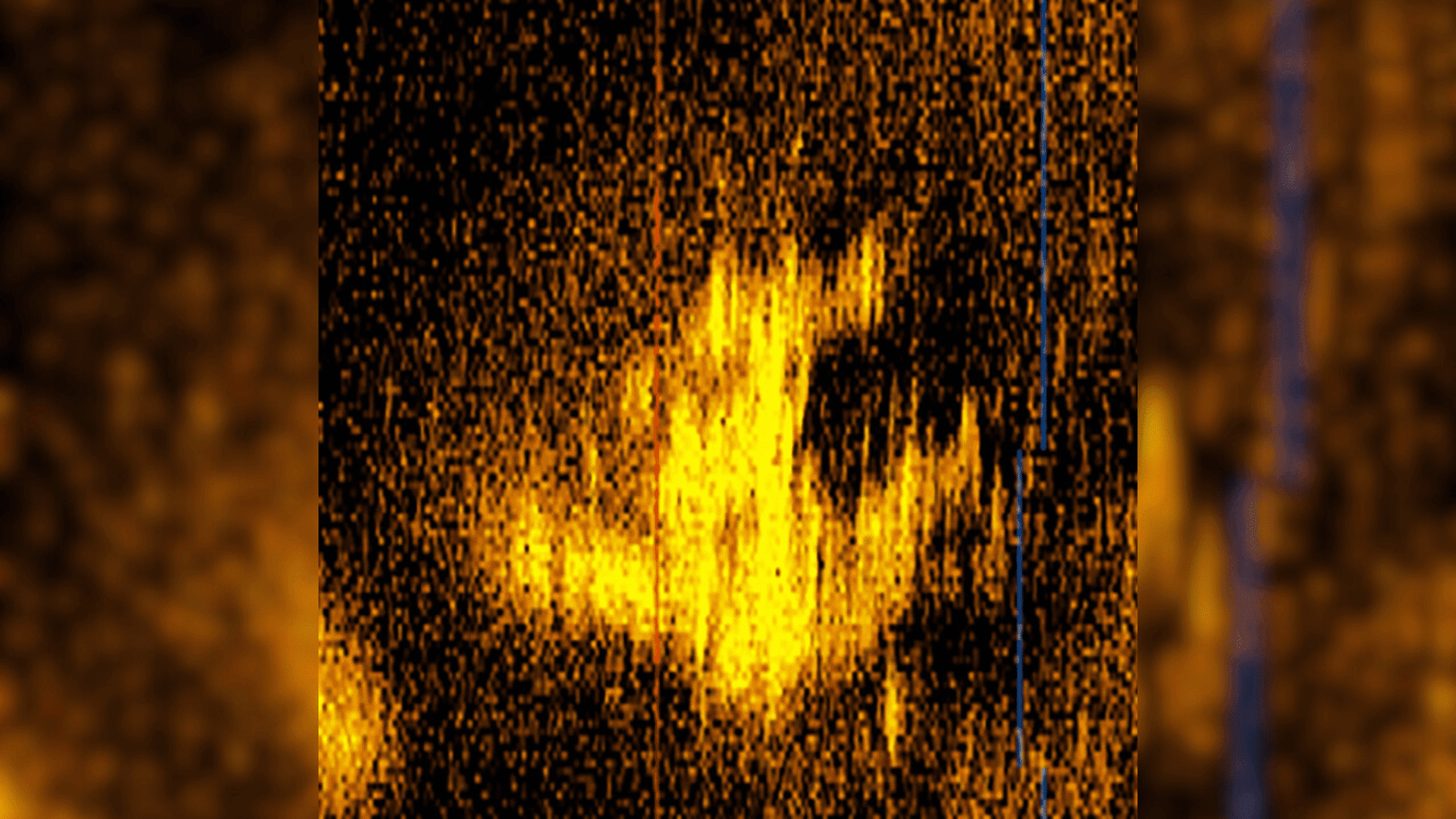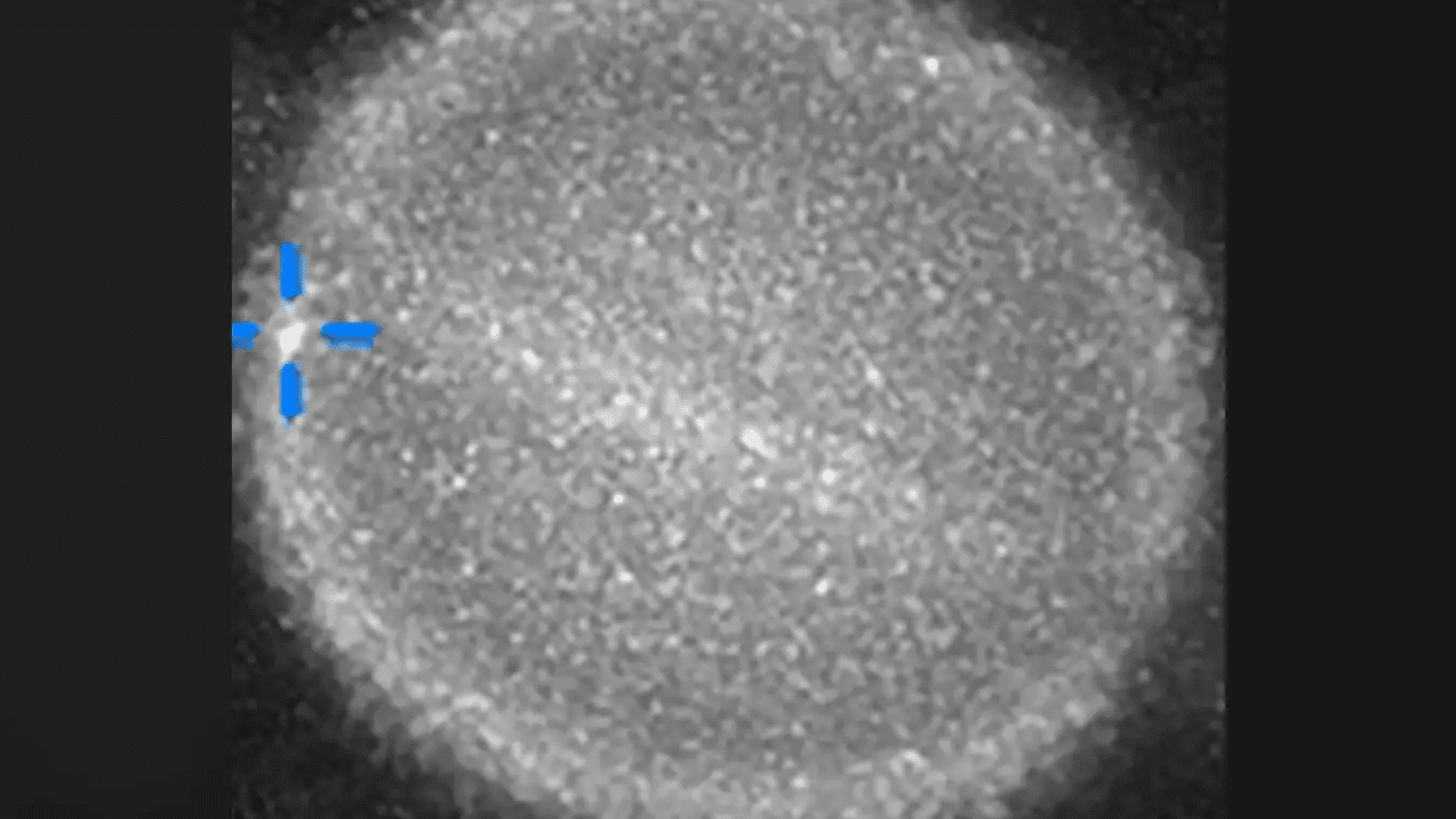One of the greatest mysteries in aviation history is the disappearance of Amelia Earhart 87 years ago. Now, a deep-sea exploration team searching for the wreckage of her small plane may have found a new clue.

During Earhart’s attempt to become the first female aviator to circle the globe, Earhart and navigator Fred Noonan disappeared on July 2, 1937, while flying over the Pacific Ocean. Their disappearance spurred the largest and most expensive search and rescue effort by the U.S. Navy and Coast Guard in American history.
Earhart and Noonan were declared dead two years later and multiple deep-sea searches have found no record of their plane.
Deep Sea Vision, a team based in Charleston, South Carolina, stated that it had captured a sonar image in the Pacific Ocean that “appears to be Earhart’s Lockheed 10-E Electra” aircraft.
The company scanned over 5,200 square miles of the ocean floor beginning in September 2023. They posted sonar images on social media that appear to show a plane-shaped object residing at the bottom of the ocean.
Using a state-of-the-art underwater drone during the expedition, the 16-member team released a video showing the team reviewing images taken by a submersible.
“After an extensive deep-water search, a talented group of underwater archaeologists and marine robotics experts have unveiled a sonar image that may answer the greatest modern mystery — the disappearance of Amelia Earhart,” Deep Sea Vision wrote on Instagram.
Tony Romeo, a pilot and former U.S. Air Force intelligence officer, said that he funded the $11 million search by selling off his commercial real estate properties.
“This is maybe the most exciting thing I’ll ever do in my life,” he stated. “I feel like a 10-year-old going on a treasure hunt.”
Explore Tomorrow's World from your inbox
Get the latest science, technology, and sustainability content delivered to your inbox.
I understand that by providing my email address, I agree to receive emails from Tomorrow's World Today. I understand that I may opt out of receiving such communications at any time.
Romeo stated that the team’s underwater “Hugin” submersible captured the sonar images about 16,000 feet below the Pacific Ocean’s surface less than 100 miles from Howland Island. This is the location where Earhart and Noon were supposed to stop to refuel before they vanished.
The team is now planning to get a closer look at the site and hoping to spot details matching Earhart’s Lockheed aircraft which could serve as more definitive proof. Romeo, who was joined on the expedition by two of his brothers who are also pilots, stated that their aviation expertise provided the search with a unique perspective.
“We always felt that a group of pilots were the ones that are going to solve this, and not the mariners,” Romeo stated.







